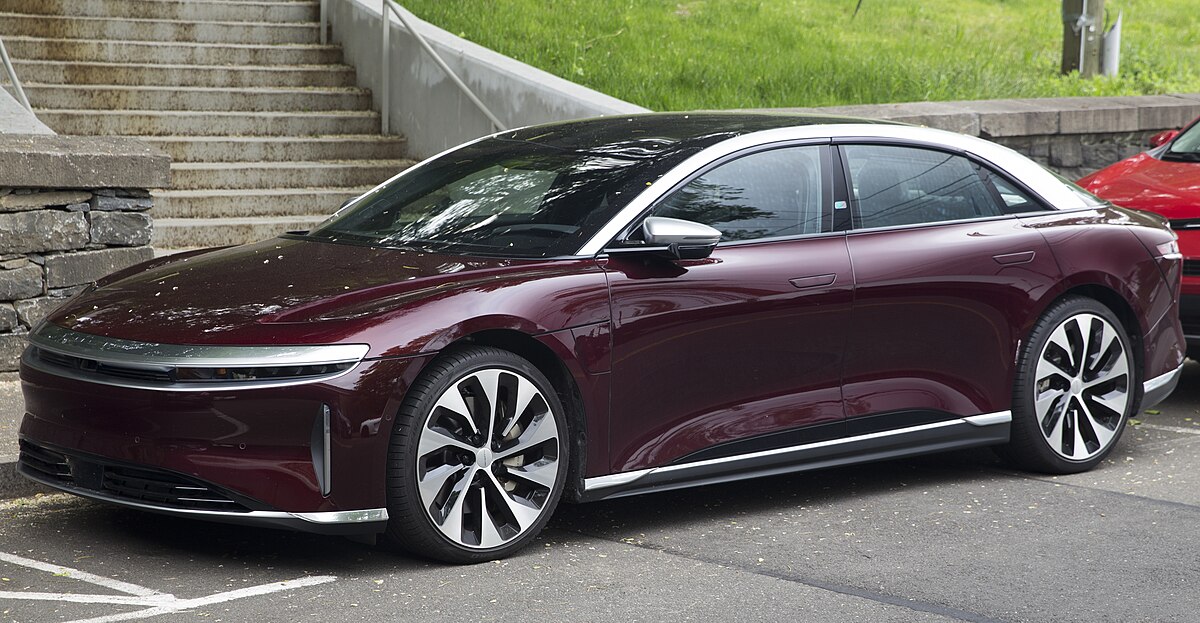As electric vehicles (EVs) become more mainstream, one feature is emerging as a top priority for both current owners and prospective buyers: DC fast-charging speed. In a world where convenience often rivals cost, how quickly an EV can recharge on the go can significantly influence the ownership experience.
While early EV adopters tolerated long charging sessions, today’s drivers expect gas station-like refueling times. This has made fast-charging performance a key differentiator among EV models.
Yet, the reality of EV charging speeds is far from uniform. Some vehicles can add hundreds of miles in just 15–20 minutes, while others take nearly an hour to achieve the same result—even when plugged into the same high-powered charger.
Factors like battery architecture, thermal management systems, and peak charging rates all play crucial roles. And while automakers tout “fast-charging” capabilities, not all claims hold up in real-world scenarios.
In this guide, we explore five EVs that stand out for their exceptional DC fast-charging speeds, as well as five that lag behind.
Whether you’re planning long-distance road trips or simply want to minimize time spent at a charger, knowing which EVs perform best—and worst—at fast-charging can make or break your decision. Let’s begin with the fastest-charging EVs on the road today.
Also Read: 5 Trucks with Best Ventilated Seats and 5 with No Cooling
5 EVs With Quickest DC Fast-Charging
For electric vehicle drivers, time spent charging can either be a quick pit stop or a frustrating wait.
While all EVs can charge at home over several hours, DC fast charging is the technology that enables true long-distance travel—replenishing large amounts of range in minutes rather than hours. But not all EVs are created equal when it comes to how quickly they can take advantage of this capability.
This section focuses on five EVs that offer the fastest DC fast-charging performance currently available, based on how quickly they can recover miles of range, their maximum charging power (in kilowatts), and how well they maintain high-speed charging during a typical session.
These vehicles go beyond marketing promises and deliver consistent, real-world results when plugged into high-capacity chargers like those from Electrify America or Tesla Superchargers.
Why does this matter? Fast-charging capability isn’t just a convenience—it’s a critical factor in the overall usability of an EV.
A vehicle that can go from 10% to 80% battery in under 20 minutes significantly reduces downtime on road trips, increases flexibility for urban drivers without home chargers, and helps alleviate charging station congestion. It also enhances the long-term value of the EV, as fast-charging support becomes a standard expectation.
We’re highlighting these EVs not just because they charge quickly, but because they represent the benchmark for efficiency, engineering, and thermal management in today’s rapidly evolving EV market.
They’re the models that prove electric vehicles don’t need to come with a tradeoff in time or convenience.
From ultra-premium flagships to surprisingly affordable options, here are five electric vehicles that excel in getting you back on the road—fast.
1. Hyundai IONIQ 6 – Leading the Charge in Efficiency and Speed
The Hyundai IONIQ 6 isn’t just one of the most aerodynamic EVs on the road—it’s also one of the fastest when it comes to DC fast-charging capability.
Thanks to Hyundai’s 800-volt architecture and excellent thermal management system, the IONIQ 6 can charge from 10% to 80% in just 18 minutes under ideal conditions, using a 350 kW charger.
With a peak charging rate of 233 kW, it’s among the very few vehicles outside the luxury bracket to push charging speeds typically reserved for high-end performance EVs.
Hyundai didn’t just slap a big number on a spec sheet—they engineered a battery and software system that maintains high power delivery consistently, without rapid tapering as the battery fills. This allows for more usable range to be added quickly.
In terms of range recovery, the IONIQ 6 can regain up to 218 miles in just 15 minutes, depending on the trim and conditions.
That kind of performance puts it in direct competition with more expensive EVs like the Porsche Taycan and Lucid Air, while costing significantly less.
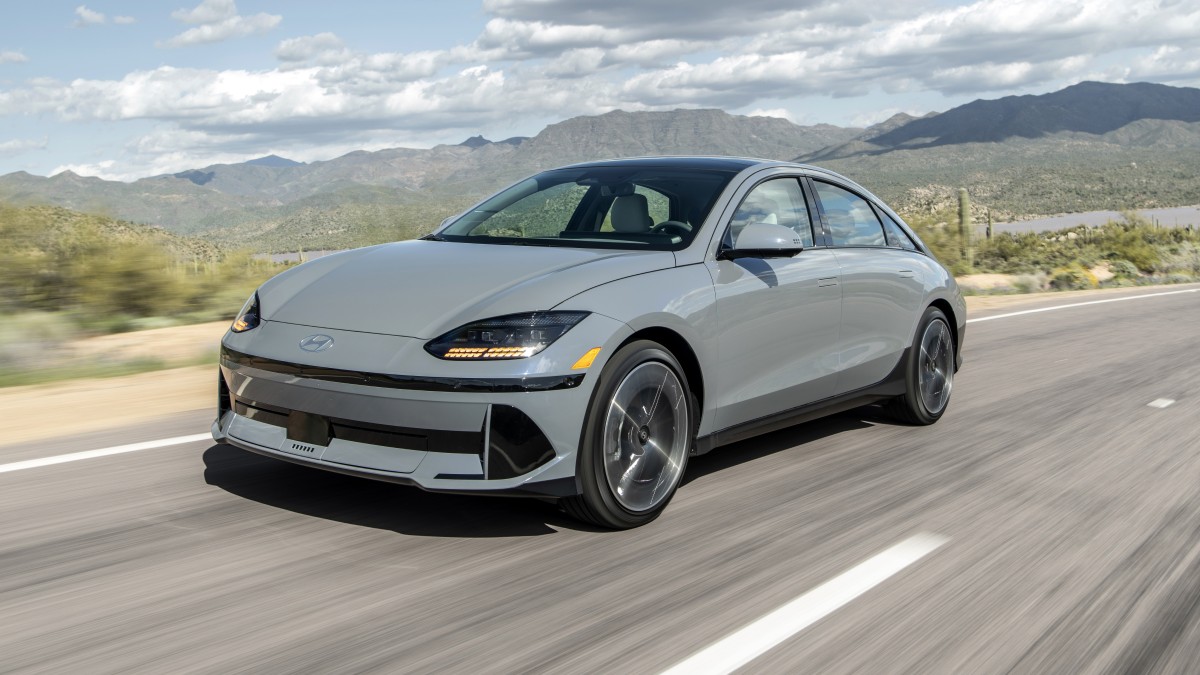
It’s an achievement made possible by Hyundai’s use of E-GMP platform technology, which was purpose-built for rapid charging and optimal energy flow.
Another advantage is the IONIQ 6’s battery preconditioning system, which automatically warms the battery en route to a charger—ensuring it’s at the ideal temperature for peak charging performance.
This is a feature commonly seen in Teslas and luxury EVs, and its inclusion here speaks to Hyundai’s attention to real-world usability.
Unlike some rivals that advertise fast speeds but rarely achieve them, the IONIQ 6 delivers consistently. Reviews from independent testers and EV owners alike confirm that its fast-charging ability isn’t just theoretical—it’s practical, reliable, and repeatable.
In short, the Hyundai IONIQ 6 proves that rapid charging doesn’t have to be a premium-only experience. It brings accessible, real-world charging speed to the masses and sets a new bar for what mainstream EVs should deliver.
2. Porsche Taycan – High-Performance Charging Meets Precision Engineering
The Porsche Taycan is renowned for delivering a thrilling driving experience, but its DC fast-charging performance is equally impressive—arguably class-leading in the luxury EV segment.
With its 800-volt electrical architecture, the Taycan can accept a peak charging rate of up to 270 kW, allowing it to charge from 5% to 80% in just 22.5 minutes under optimal conditions.
That figure isn’t just a best-case scenario pulled from a lab test—it’s something Taycan owners frequently experience at 350 kW public chargers like those from Electrify America.
Thanks to a flat charging curve, the Taycan maintains high charging speeds longer than most competitors, delivering real-world usability rather than just theoretical peaks.
Its thermal management system is highly advanced, leveraging liquid-cooled batteries and intelligent software that prepares the pack for fast charging.
When using the onboard navigation, the Taycan will actively precondition the battery on the way to a charger, ensuring it hits the sweet spot in temperature range for optimal power transfer.
Beyond raw speed, the Taycan is a standout for charging consistency. While many EVs begin to taper charging speeds aggressively after hitting 50–60% battery, the Taycan holds strong up to around 80%, making better use of each minute plugged in. This stability and predictability are vital for road-trippers and urban users alike.
Another feature that contributes to its rapid charging is battery design and layout. The Taycan’s battery is split into two layers, enabling parallel charging that minimizes resistance and heat buildup. It’s the kind of detail you’d expect from a brand obsessed with performance.
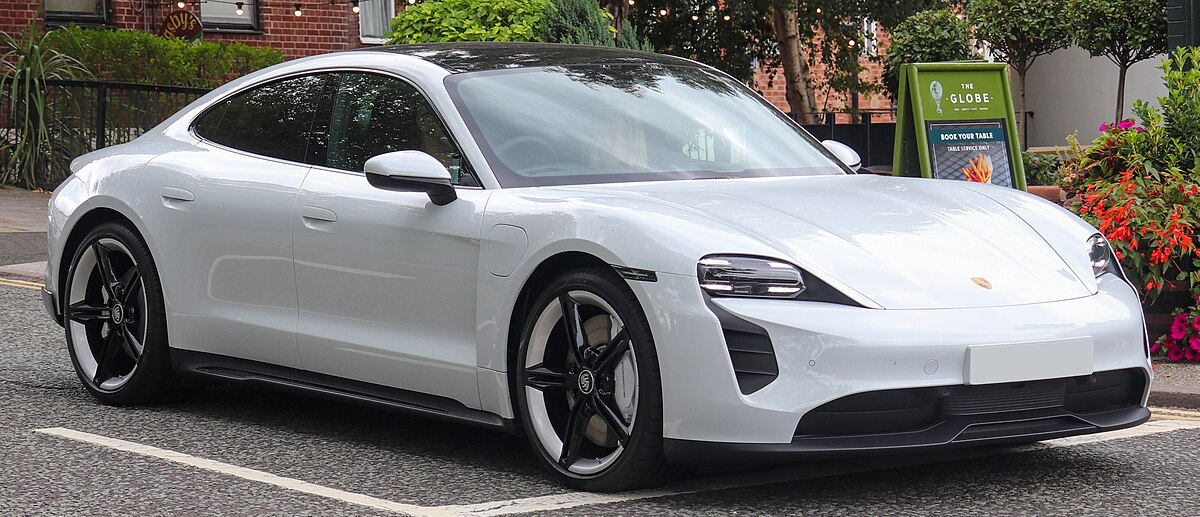
While the Taycan is positioned in the premium market with a higher starting price than most EVs, its charging prowess makes it a benchmark not just in its class but across the entire EV landscape.
Whether you’re doing long highway runs or topping off before your next meeting, it offers one of the fastest and most refined charging experiences on the road.
In short, the Porsche Taycan isn’t just a fast car—it’s a fast-charging tool engineered with the same obsession for performance that defines every Porsche.
3. Kia EV6 – Affordable Speed and Efficiency Combined
The Kia EV6 stands out not just for its futuristic design and agile handling, but for its exceptional DC fast-charging capability.
Built on the same E-GMP platform as the Hyundai IONIQ 5 and 6, the EV6 utilizes an 800-volt system that enables lightning-fast energy transfer.
Under ideal conditions, it can charge from 10% to 80% in as little as 18 minutes, making it one of the quickest-charging EVs in the market—regardless of price point.
With a peak charging rate of up to 235 kW, the EV6 can reclaim around 217 miles in just 18 minutes, depending on trim level and ambient temperature. This puts it firmly in the company of premium EVs that cost tens of thousands more.
What makes this especially appealing is that Kia achieves this without sacrificing affordability—many EV6 trims qualify for tax credits and offer excellent value for performance.
A key part of the EV6’s charging success is its thermal management and battery preconditioning. The system actively manages the temperature of the battery pack to ensure it remains in the optimal range for fast charging.
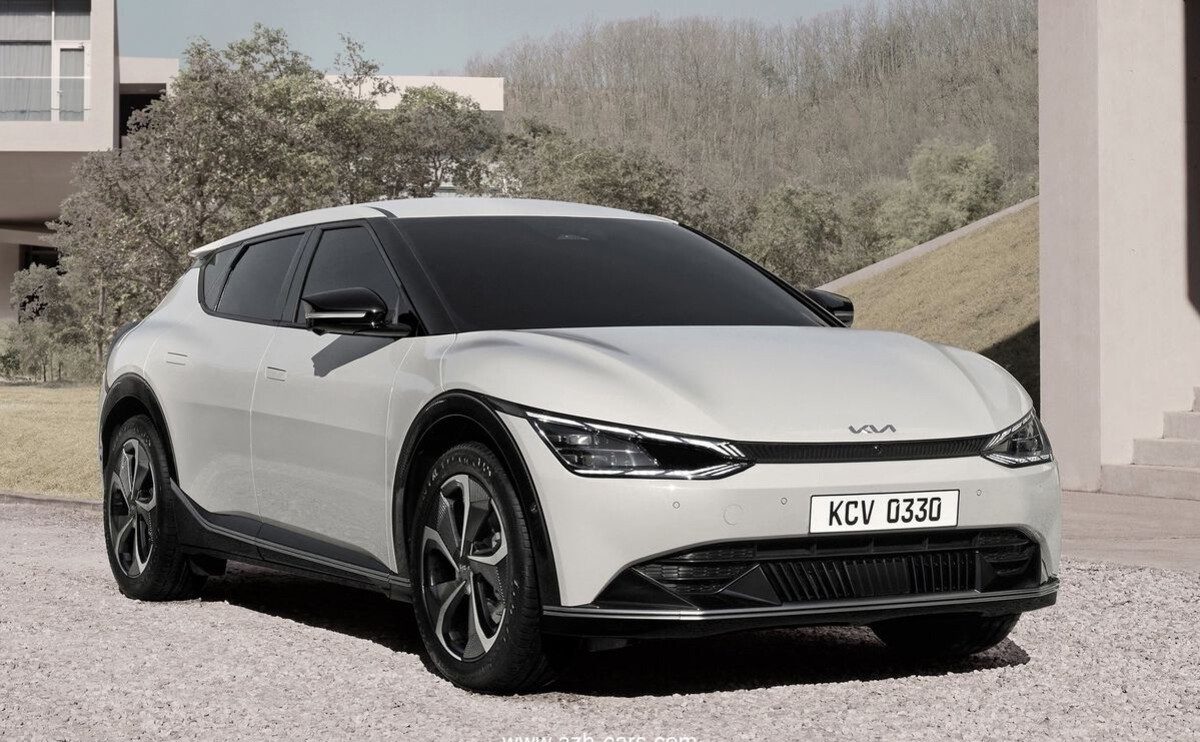
On certain trims, if you input a fast-charging station into the navigation, the car will pre-warm the battery en route to prepare it for maximum charging speeds—a feature usually reserved for high-end EVs.
Real-world reviews back up the EV6’s claimed capabilities. Owners report consistent fast-charging performance and stable speeds that don’t drop off prematurely.
Even when plugged into chargers offering slightly less than the ideal 350 kW, the EV6 still outpaces many of its competitors in total energy gained per minute.
Another advantage is its wide availability and growing charging infrastructure compatibility. The EV6 supports both Plug & Charge and multiple charging networks, including Electrify America and future Tesla NACS adapters, further reducing downtime on road trips or commutes.
In short, the Kia EV6 proves that fast charging doesn’t have to be a luxury feature. It combines smart engineering, modern styling, and real-world usability to create a vehicle that not only charges quickly—but charges smartly and affordably.
4. Tesla Model 3 (Long Range) – Fast Charging Meets Supercharger Efficiency
The Tesla Model 3 Long Range has been a game-changer in the EV world—not just because of its performance and price point, but also due to its exceptional fast-charging efficiency.
While its peak charging rate of 250 kW isn’t the absolute highest on the market, the integration with Tesla’s Supercharger network, excellent thermal controls, and tight software optimization make it one of the most time-efficient EVs on the road.
In practical terms, the Model 3 Long Range can charge from 10% to 80% in about 20–22 minutes using a V3 Supercharger.
More impressively, it can recover around 175–200 miles of range in just 15 minutes, depending on driving conditions and climate. This makes it a top performer in real-world charging time—not just peak figures.
One of Tesla’s biggest advantages is its dedicated charging ecosystem. Superchargers are widespread, reliable, and seamlessly integrated into Tesla’s navigation system.
When you select a charging stop, the car automatically preconditions the battery, ensuring it reaches the right temperature before arrival to allow optimal charging speeds. This level of ecosystem integration is still unmatched by most other EV brands.
The Model 3 also excels in charging curve consistency. Unlike some EVs that spike quickly and then dramatically taper off, Tesla’s system holds higher charge rates longer, making better use of your time at the charger. It’s an outcome of Tesla’s years of software refinement and real-time data from its massive global fleet.
Beyond charging speed, efficiency plays a key role. The Model 3 Long Range is one of the most energy-efficient EVs per mile, meaning it can deliver more real-world driving range per kilowatt-hour added.
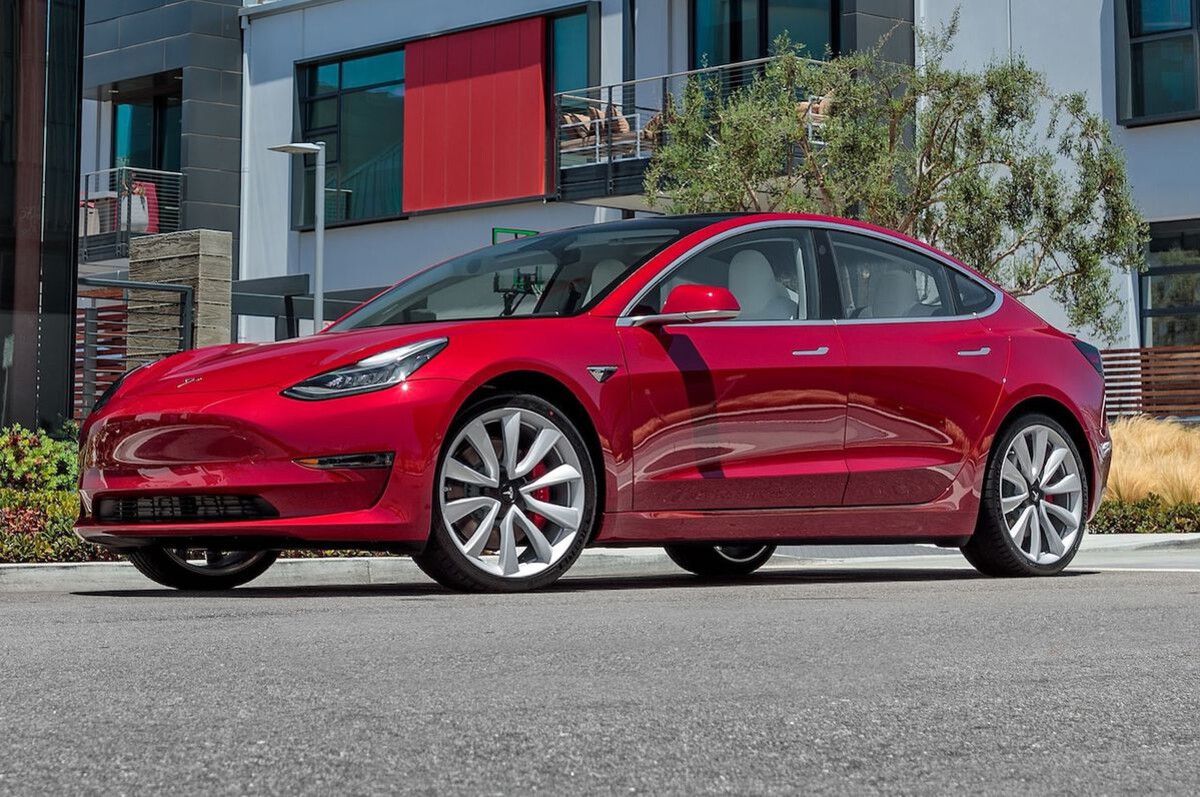
So while its peak charging rate is slightly below some competitors, the actual miles added per minute of charging is among the best.
For those who frequently travel long distances or rely on public charging, the Model 3 Long Range offers a combination of speed, reliability, and infrastructure access that makes it a standout in this category.
5. Lucid Air – The Benchmark for Peak DC Fast-Charging Performance
The Lucid Air isn’t just a luxury electric sedan—it’s a technological statement. Built from the ground up by a team of ex-Tesla engineers and electric powertrain experts, the Air sets the standard for peak DC fast-charging performance in the industry.
With a staggering peak charging rate of up to 300 kW, it’s currently one of the fastest-charging EVs ever built, capable of adding up to 300 miles in just 20 minutes under ideal conditions.
This charging prowess is made possible by Lucid’s 924-volt electrical architecture, the highest in any production EV to date.
Combined with a proprietary battery management system and a lightweight, compact drivetrain, the Air achieves both incredible efficiency and rapid energy absorption.
Real-world testing has shown the Lucid Air can charge from 10% to 80% in about 20 minutes on a 350 kW DC fast charger. But what truly sets the Air apart is its high and sustained charging curve.
Unlike many EVs that peak early and taper quickly, the Lucid Air maintains high speeds for a longer portion of the charge cycle—delivering more usable miles in less time.
Lucid also includes intelligent battery preconditioning when navigating to a charging station, ensuring optimal temperatures for maximum charging rates.
Additionally, its in-house developed thermal management system controls battery heat build-up more precisely than most other EVs, further stabilizing performance.
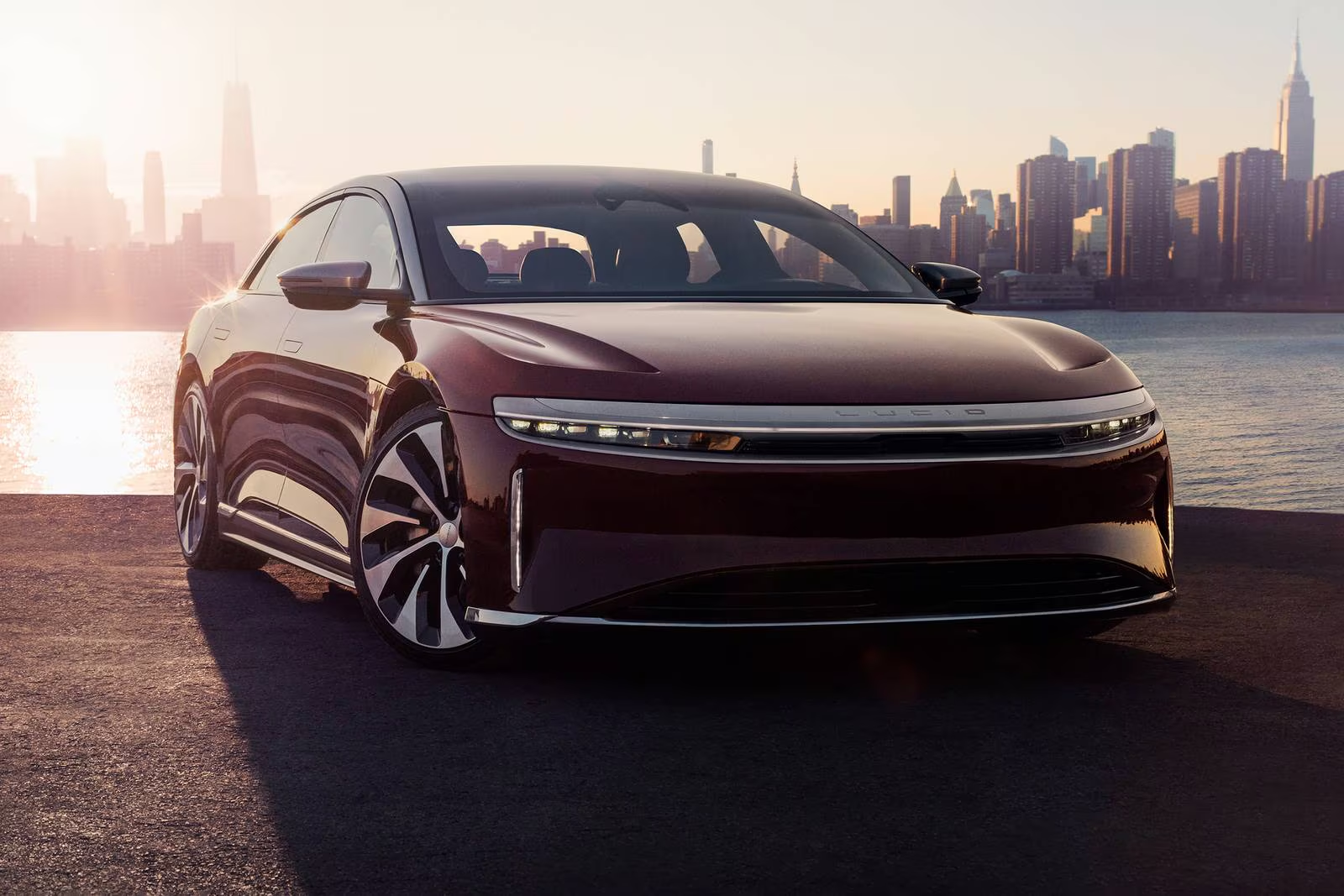
The Air’s remarkable charging efficiency is particularly useful given its long-range capabilities. With variants like the Grand Touring offering over 500 miles of EPA-rated range, the ability to quickly replenish such a large battery becomes crucial—and the Air does it better than almost anyone else.
Of course, all this tech comes at a price. The Lucid Air is positioned in the high-end luxury segment, with pricing and refinement to match.
Still, for those who demand cutting-edge innovation, zero-compromise charging, and the ability to cross long distances with minimal stops, the Air is simply unmatched.
It’s not just a fast-charging EV—it’s a charging champion, redefining expectations for what’s possible in electric vehicle travel.
5 EVs With Slowest DC Fast-Charging
As electric vehicles (EVs) gain popularity, the expectation for quick and convenient charging has grown.
DC fast charging—the ability to add significant range in minutes rather than hours—is now viewed as a baseline feature, especially for drivers who rely on public infrastructure or travel long distances.
However, not all EVs meet this expectation. Some struggle with slow charging rates, poor thermal management, or outdated architectures, making DC fast charging more frustrating than functional.
In this section, we highlight five EVs that underperform when it comes to fast charging, particularly in real-world conditions.
These are vehicles that, whether due to design limitations, software throttling, or aging tech, fall behind in charging speed when compared to the competition.
While some may offer attractive features in other areas—such as affordability, design, or efficiency—they suffer in the critical area of charge-time efficiency.
We’re focusing on factors like peak charging rates, time to go from 10% to 80%, charging curve stability, and how long it takes to add 100 or 200 miles of range.
More importantly, we’re evaluating these vehicles based on how they perform in the real world, not just on paper.
For prospective buyers, especially those without home chargers or with long-distance needs, knowing which EVs struggle with fast charging is essential.
A car that takes 40–60 minutes to add the same miles others deliver in 15–20 can significantly affect trip planning, convenience, and overall satisfaction.
Let’s explore five electric vehicles that may make you wait longer at the plug than you’d expect—and explain why it matters.
1. Nissan Leaf (Plus) – Aging Tech in a Fast-Moving World
Once a pioneer in the EV movement, the Nissan Leaf—especially the Leaf Plus with the larger 62 kWh battery—has fallen significantly behind in the fast-charging race.
While still a strong seller in the affordable EV space, the Leaf’s reliance on outdated CHAdeMO charging architecture and its slow charging curve makes it one of the least efficient fast-charging EVs on the market today.
The Leaf Plus has a maximum DC fast-charging rate of 100 kW, but that number can be misleading. Real-world conditions often reveal that it rarely sustains those speeds for more than a brief moment.
More commonly, the Leaf charges around 40–50 kW for the majority of a session, especially if the battery is even moderately warm. This means charging from 10% to 80% can take 40 to 60 minutes—twice as long as newer rivals.
Adding to this is the Leaf’s lack of active thermal battery management. Without a cooling system to regulate battery temperature, repeated fast-charging—especially in warmer climates—can cause significant throttling, resulting in even slower speeds.
This issue, often referred to as “rapidgate”, became infamous during long road trips where multiple sessions caused the car to drastically limit charging power to prevent overheating.
Its continued use of the CHAdeMO port further isolates the Leaf from the future of public charging.
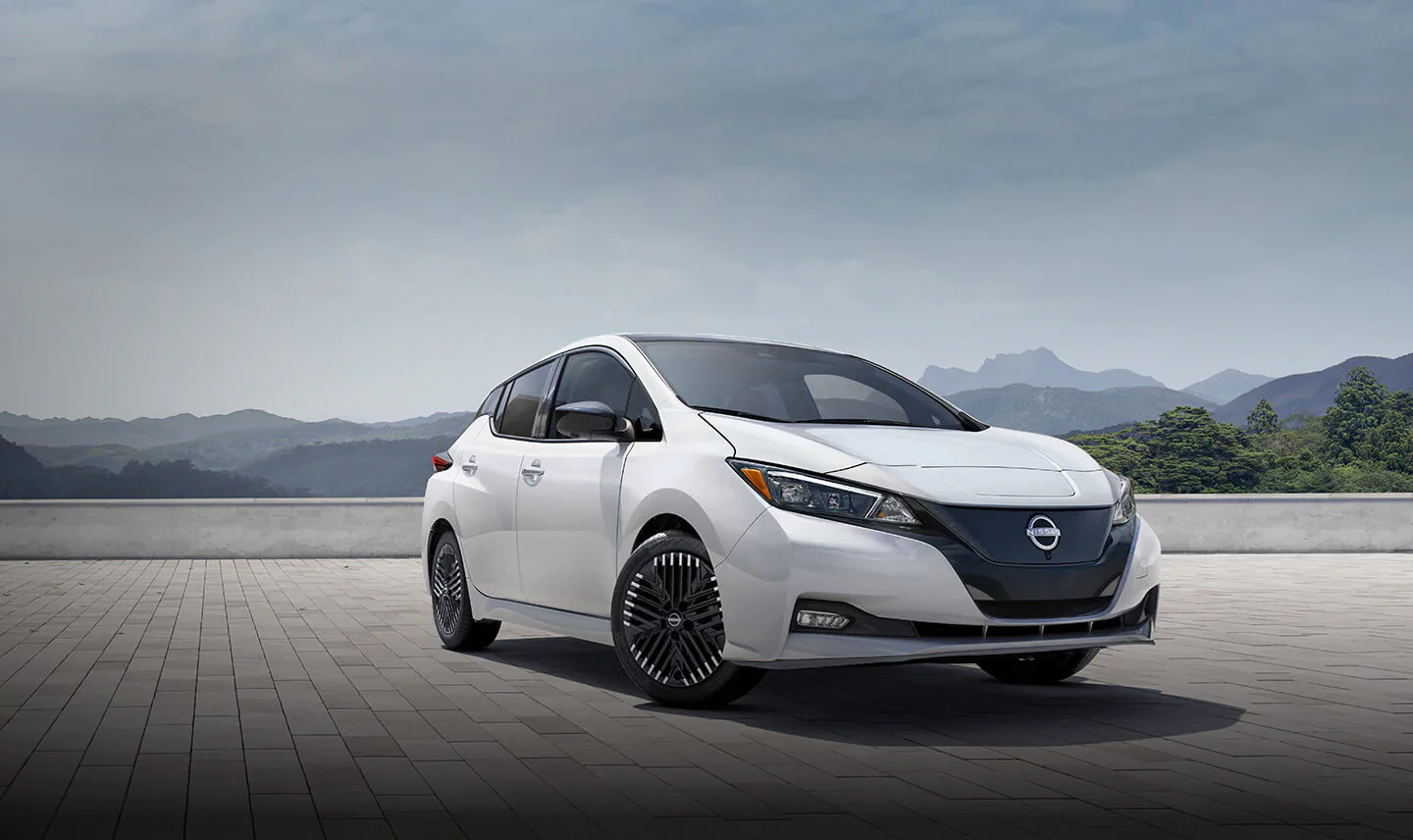
While stations still exist, the industry is rapidly shifting toward CCS and Tesla’s NACS, which offer higher speeds and broader compatibility. In the coming years, the Leaf may face even more restricted access to fast-charging options.
To Nissan’s credit, the Leaf remains one of the most affordable EVs, with solid range for its price and strong reliability. However, for drivers who depend on frequent or rapid public charging, it’s far from ideal.
In summary, the Nissan Leaf Plus may still be a good fit for local commuting and home charging, but its slow, outdated fast-charging setup limits its appeal for road-trippers or tech-savvy buyers. It’s a stark reminder that as battery ranges grow, charging speed matters just as much.
2. Mazda MX-30 – Beautifully Built, Painfully Slow to Recharge
The Mazda MX-30 is a vehicle that earns points for unique styling and upscale cabin quality, but when it comes to DC fast-charging, it lags far behind the competition—and not by a small margin.
Despite launching at a time when charging speed had become a defining metric in EV usability, the MX-30 offers a maximum DC fast-charging rate of just 50 kW, with actual charging speeds often closer to 36–40 kW under normal conditions.
Even more limiting is its small 35.5 kWh battery, which offers just 100 miles of range—one of the shortest in the modern EV market.
One might assume the smaller battery would mean faster charging, but surprisingly, the MX-30 still takes around 36 minutes to charge from 10% to 80%.
That’s a long time for such a modest gain in range. For perspective, many other EVs gain 200+ miles in 18 minutes, while the MX-30 barely recovers 60–65 miles in the same time frame.
Mazda’s engineering choice to omit active battery cooling further compounds the issue. In hot weather or during consecutive charging sessions, the battery may heat up and cause charging throttles to kick in, slowing the process further.
This makes the MX-30 a particularly poor choice for road trips, as it’s both range-limited and time-consuming to recharge.
Additionally, the vehicle doesn’t support the newer NACS standard or the higher-capacity CCS systems that enable faster charging in other brands.
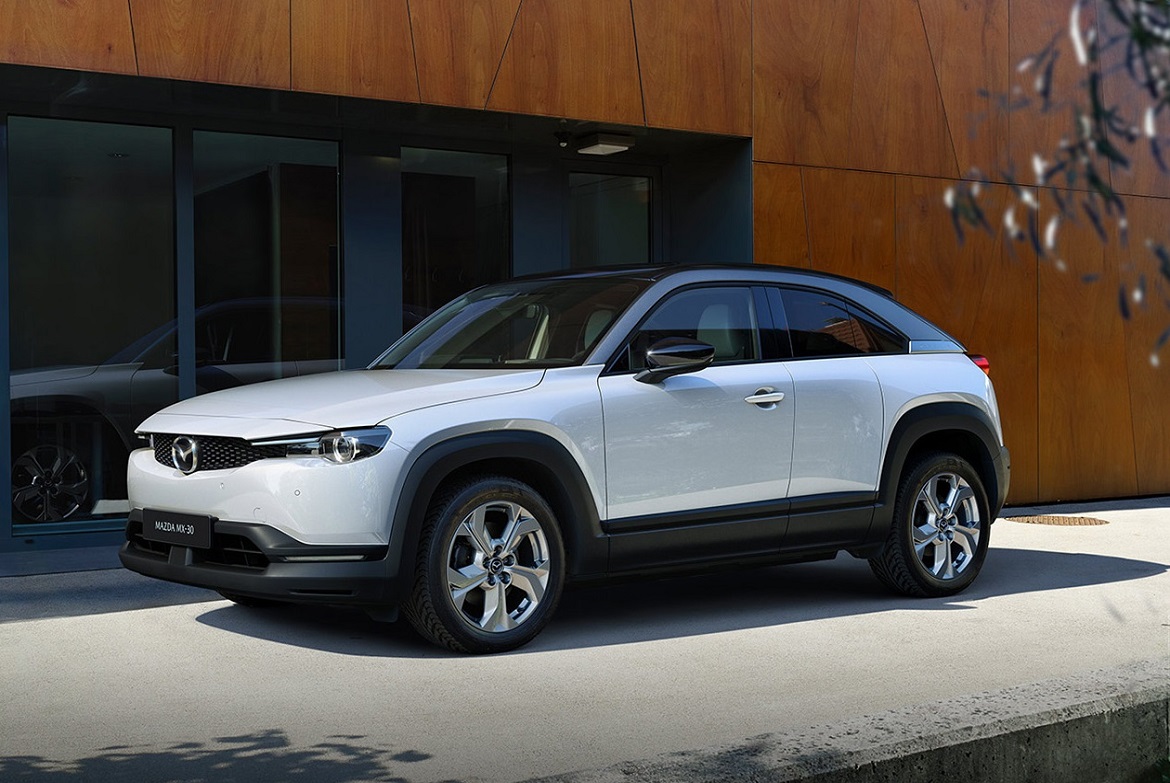
It’s essentially tethered to a dated and less capable infrastructure, which limits charging site options in some regions.
While Mazda has been candid about marketing the MX-30 as an “urban EV” meant for short city commutes and daily errands, the lack of flexibility for spontaneous longer drives or fast energy top-offs makes it one of the least practical EVs from a charging perspective.
In short, the Mazda MX-30 is a well-made, niche product best suited for light urban use. But if fast charging or road-trip potential is on your checklist, the MX-30 is an example of a stylish package that falls flat when you plug it in.
3. Mini Cooper SE – Fun to Drive, Slow to Recharge
The Mini Cooper SE is an EV that draws attention with its classic styling, go-kart-like handling, and urban maneuverability.
It’s an enjoyable and charismatic car to drive—but behind the wheel’s charm lies one of the slowest fast-charging setups in today’s EV segment.
With a maximum DC fast-charging rate of just 50 kW, the Mini Cooper SE is clearly outpaced by even budget-oriented EVs that now routinely reach 100–250 kW.
While it’s true that the Mini has a small 32.6 kWh battery and doesn’t need to take on as much energy as a long-range EV, charging from 10% to 80% still takes around 35–40 minutes, and you’re left with only about 80–90 miles of range after that time.
Real-world testing shows that the car rarely sustains its peak rate for long. The charging curve drops off sharply, which means you’re spending more time for fewer miles added.
Worse, battery preconditioning is absent, so the vehicle can’t prepare the pack for optimal charging temperatures before arriving at a station—especially frustrating in cold weather, where speeds can be significantly reduced.
The car also uses the CCS combo plug, which is good in terms of access, but its limited power intake means it can’t take full advantage of the rapid-charging stations now being deployed across the U.S. and Europe.
At stations that can deliver 150–350 kW, the Mini Cooper SE is barely sipping from a firehose, extending the time you have to spend plugged in relative to others.
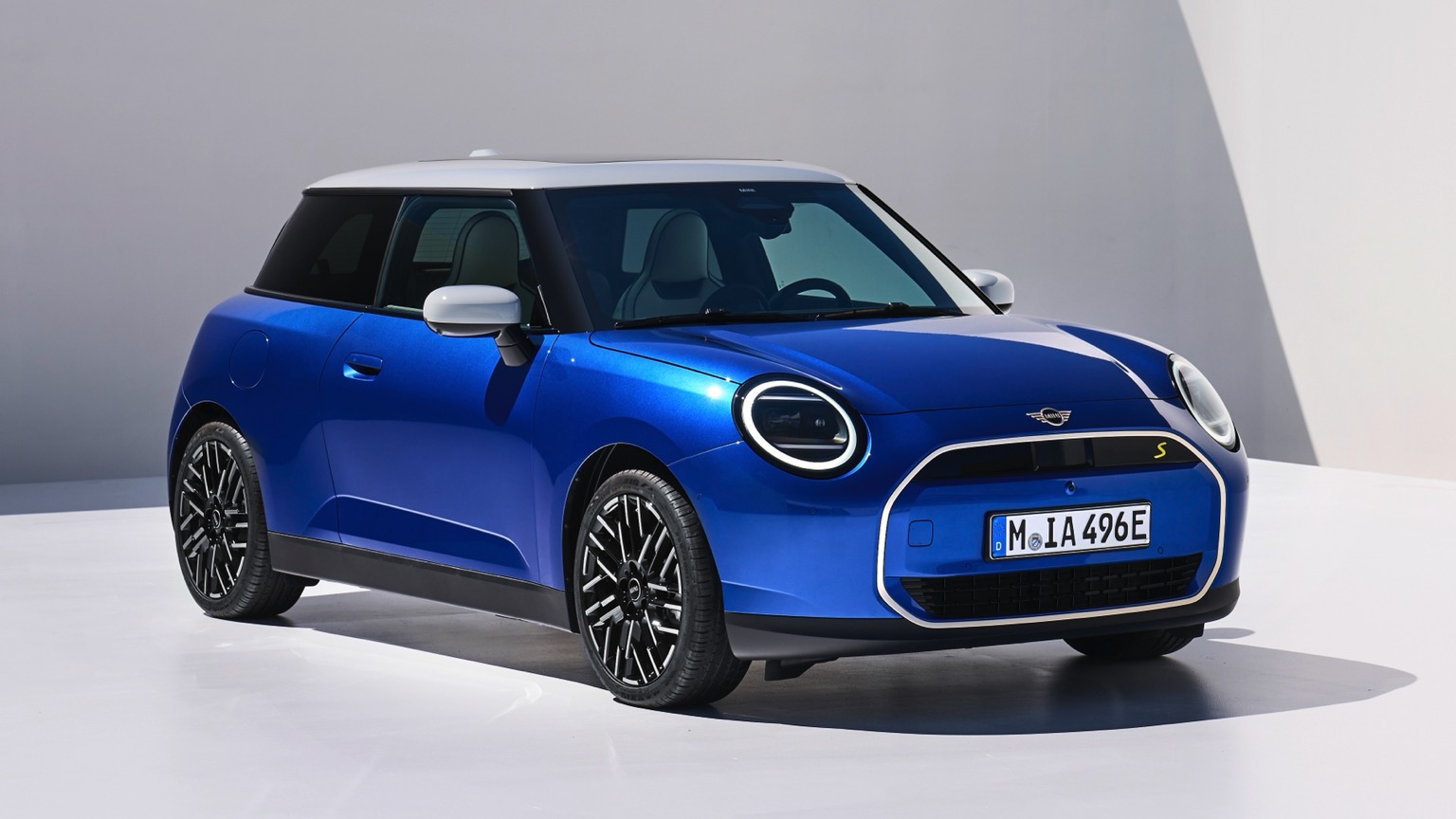
While many owners use the Mini as a second city car and rely on Level 2 home charging, the lack of fast-charging capability restricts its versatility.
For people without home chargers or who need occasional longer-distance flexibility, this charging speed becomes a notable drawback.
Ultimately, the Mini Cooper SE is a great urban EV if your lifestyle aligns with its limitations. But in the world of quick-turnaround EVs, it’s a stylish outlier with a charging speed that’s stuck in the past.
4. Subaru Solterra – Modern Looks, But Glacial Charging
The Subaru Solterra, Subaru’s first dedicated electric vehicle, enters the EV market with bold styling, all-wheel drive, and off-road credibility.
But when it comes to DC fast-charging, the Solterra is unfortunately a major underachiever—especially disappointing given its otherwise modern package and pricing that places it alongside some very capable competitors.
Built in collaboration with Toyota (alongside the nearly identical Toyota bZ4X), the Solterra is saddled with a maximum DC fast-charging rate of just 100 kW—and in practice, it rarely gets close to that.
More concerning is the car’s unusually flat and conservative charging curve, which can significantly extend charging sessions.
In real-world tests, charging from 10% to 80% can take between 45 to 60 minutes, depending on conditions. That’s twice as long as newer EVs like the Hyundai Ioniq 5 or Kia EV6.
The reason? Several factors combine here. First, the battery chemistry used (which varies by region and trim) tends to heat up quickly, leading to aggressive thermal throttling.
Second, the vehicle’s thermal management and preconditioning system is basic at best, and nonexistent in colder climates, where the battery may struggle to warm up to optimal charging temperature at all.
Another letdown is that despite supporting CCS plugs, the Solterra cannot take full advantage of high-power stations. Even at 150 kW chargers, it caps out around 60–80 kW for most of the session, with frequent fluctuations that stall charging progress.
Owners have reported that winter charging performance is particularly sluggish, often taking over an hour to recover 150 miles—a time frame that makes long-distance travel highly inconvenient.
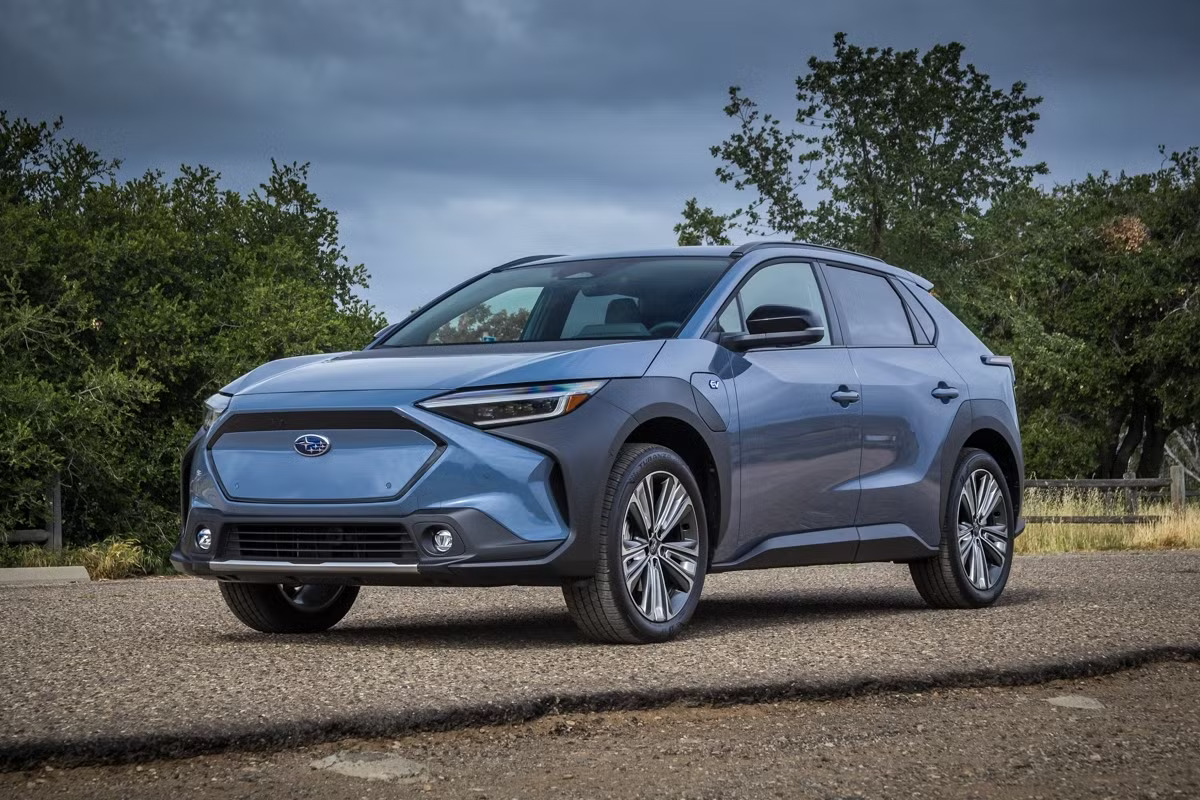
This sluggish charging experience is hard to justify in 2025, especially given the Solterra’s competitive segment.
Vehicles like the Tesla Model Y, Hyundai Ioniq 5, and even the older Mustang Mach-E all deliver faster and more consistent fast-charging experiences, giving them a serious edge for road-trippers and EV newcomers alike.
Subaru’s reputation for rugged, outdoorsy reliability is strong—but in the fast-paced EV world, charging speed matters, and here, the Solterra falls flat.
5. Chevrolet Bolt EV/EUV – Affordable, Capable, But Stuck With Slow Charging
The Chevrolet Bolt EV and its slightly larger sibling, the Bolt EUV, are widely praised for their value, range, and practicality.
With over 250 miles of real-world range and prices that undercut most competitors, they’ve earned a strong following—especially among budget-conscious EV buyers. However, this affordability comes with a compromise: notoriously slow DC fast-charging speeds.
The Bolt maxes out at 55 kW on a DC fast charger, regardless of variant or battery state. Even worse, that peak rate is rarely sustained—most of the charging session hovers between 40 and 47 kW, even when the battery is low.
This means charging from 10% to 80% takes about 60–75 minutes in most cases, one of the slowest times among modern EVs with batteries in the 60 kWh range.
While Chevrolet argues that the Bolt’s longer range reduces the need for frequent charging, the lack of speed becomes a significant limitation during road trips or for drivers who rely on public infrastructure.
Waiting an hour or more for just 170 miles of added range is a tough pill to swallow—especially when other EVs deliver double that in half the time.
Another major drawback is the Bolt’s lack of battery preconditioning. When navigating to a fast-charger, the vehicle doesn’t prepare the battery to accept energy efficiently.
This means charging in cold weather can be painfully slow, sometimes dipping below 30 kW. Unlike rivals that warm the pack in advance, the Bolt simply shows up and hopes for the best.
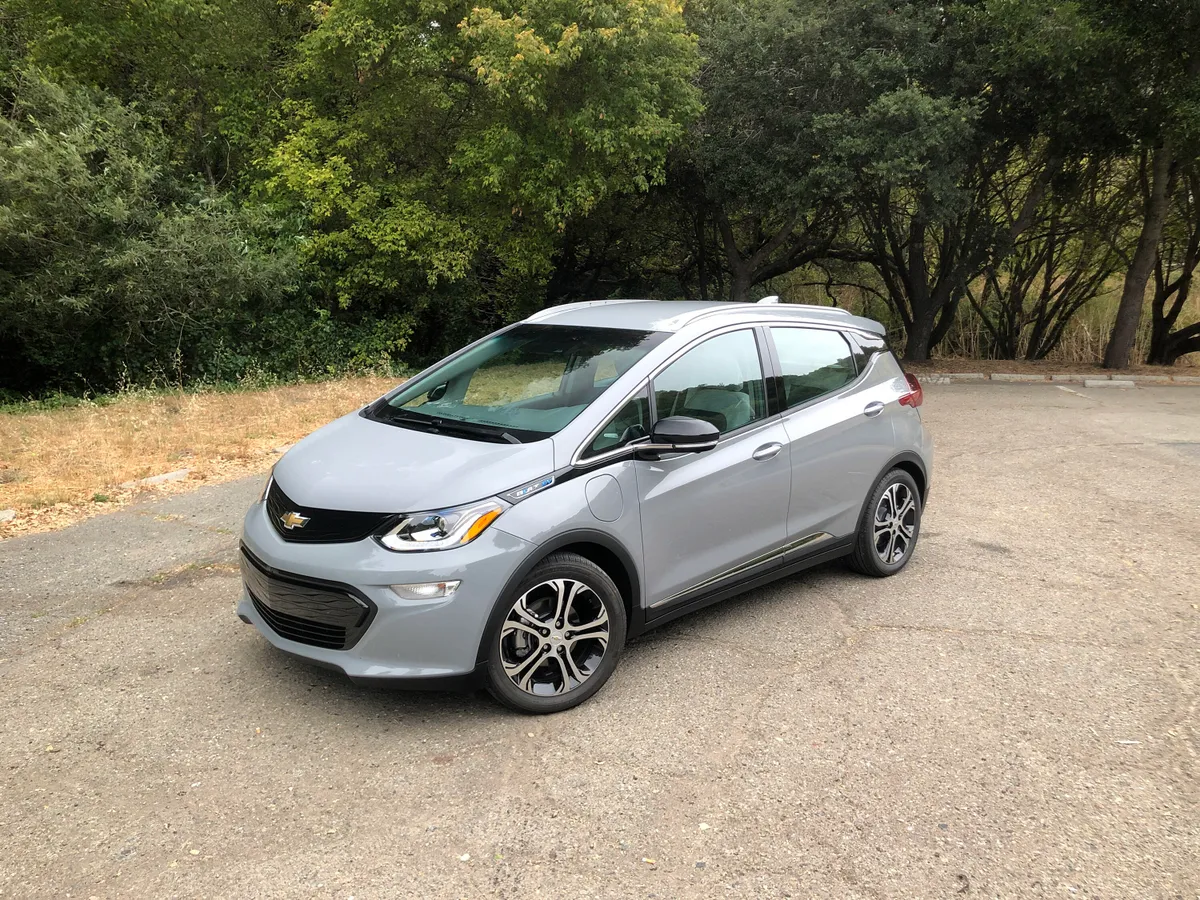
Despite these flaws, the Bolt remains a popular urban commuter, helped by its low cost, simplicity, and high efficiency.
But with public charging networks evolving around high-speed CCS and NACS systems, the Bolt’s outdated charging setup now stands out as a weakness in an otherwise compelling package.
In summary, if you’re a driver who mostly charges at home or doesn’t frequently take long trips, the Bolt EV/EUV is still a great deal. But if fast turnaround time at public chargers matters to you, the Bolt’s charging system will likely test your patience.
As the EV landscape matures, charging speed is no longer a niche concern—it’s a central piece of the ownership experience.
Whether you’re a seasoned electric vehicle driver or a newcomer transitioning from gas to electric, the ability to add range quickly can shape how confident and convenient your daily or long-distance driving feels.
The five EVs with the quickest DC fast-charging—like the Hyundai Ioniq 5, Kia EV6, Lucid Air, Porsche Taycan, and Tesla Model Y—not only demonstrate technical excellence but also provide practical value for real-world drivers.
These vehicles offer rapid energy replenishment, enabling longer journeys with shorter stops, making them ideal for those who rely on public infrastructure or routinely take road trips.
In many cases, adding 200+ miles in under 20 minutes changes how you plan your day and frees you from long layovers at charging stations.
On the other hand, the five slowest EVs—Nissan Leaf Plus, Mazda MX-30, Mini Cooper SE, Subaru Solterra, and Chevrolet Bolt EV/EUV—serve as cautionary examples.
While many of these vehicles have strengths in other areas, their inability to charge quickly places real constraints on their usability.
Whether it’s outdated charging platforms, lack of thermal management, or simply low power intake limits, the consequences are the same: you wait longer for less range.
This contrast matters because the EV market is no longer just about getting people into electric vehicles—it’s about giving them a seamless and confident ownership experience.
As public charging networks expand and more high-powered stations become available, EVs that fail to take advantage of this infrastructure risk falling behind—not just in specs, but in relevance.
In the end, choosing an EV isn’t just about range or price. It’s about how quickly it can get you back on the road.
Fast-charging speed is emerging as a key differentiator, and for drivers who demand flexibility and speed, it should be a top priority. The gap between the best and worst in this category is wide—and it’s growing more visible with every passing year.
Also Read: 5 Cars That Go 500,000 Miles and 5 That Barely Reach 100,000

